European Holiday June-July 2017
This morning we arose at 7:00am to have an early breakfast at the Ibis. It was a continental breakfast but quite tasty with a range of breads and pastries.
We had a plan to break away from the morning tour of Munich to visit Dachau Concentration Camp. Ten of the group opted to be involved, Simon and Priscilla, Darren and Susan, Rob and Leah, Stephen and Fiona, Michelle and Geoff. WE organised three uber cars to pick us up and take us to Dachau.
sdodson55
17 chapters
Munich to Lucerne
July 01, 2017
|
Germany, Austria and Switzerland
This morning we arose at 7:00am to have an early breakfast at the Ibis. It was a continental breakfast but quite tasty with a range of breads and pastries.
We had a plan to break away from the morning tour of Munich to visit Dachau Concentration Camp. Ten of the group opted to be involved, Simon and Priscilla, Darren and Susan, Rob and Leah, Stephen and Fiona, Michelle and Geoff. WE organised three uber cars to pick us up and take us to Dachau.
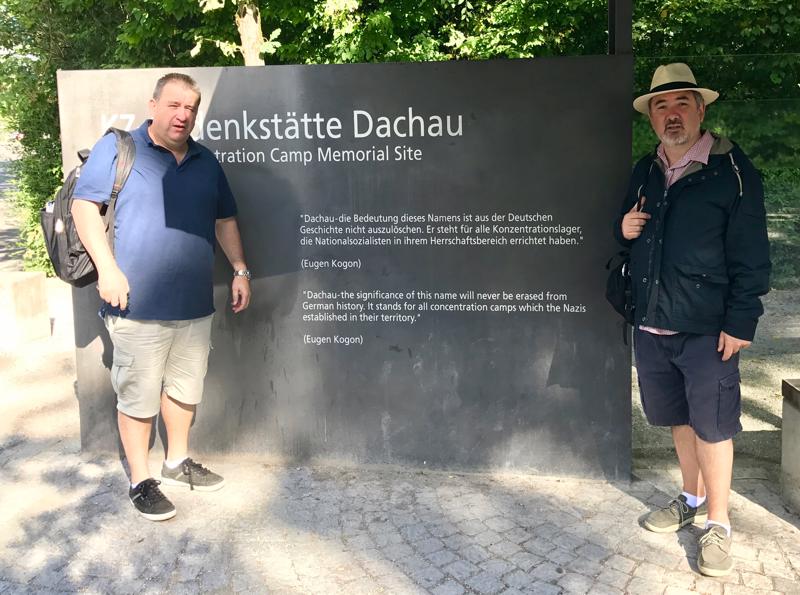
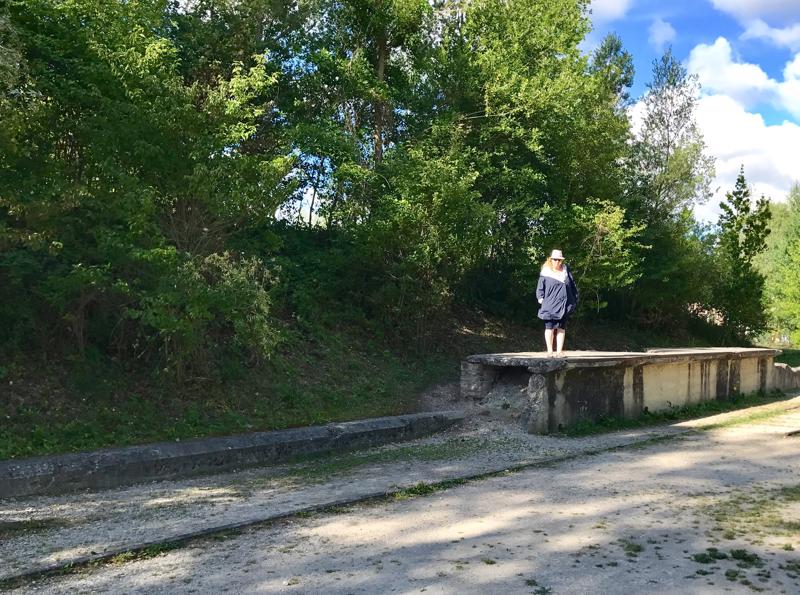
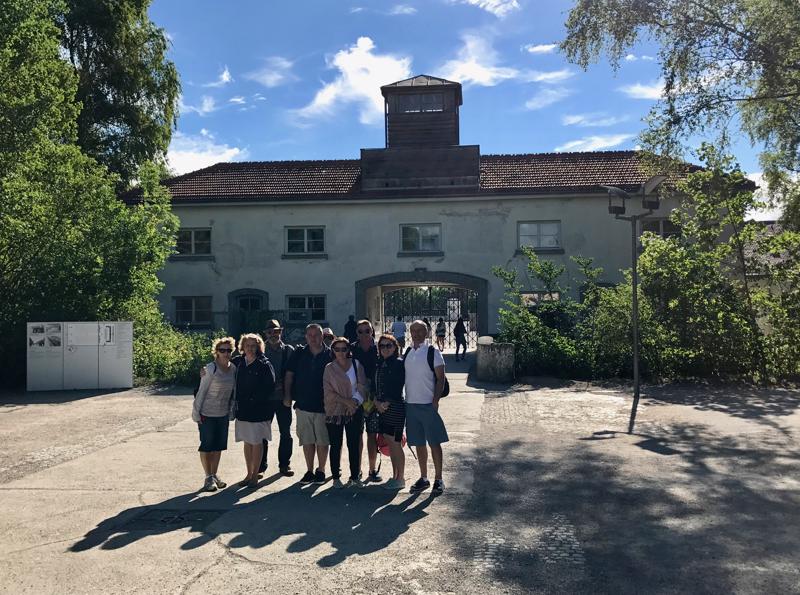

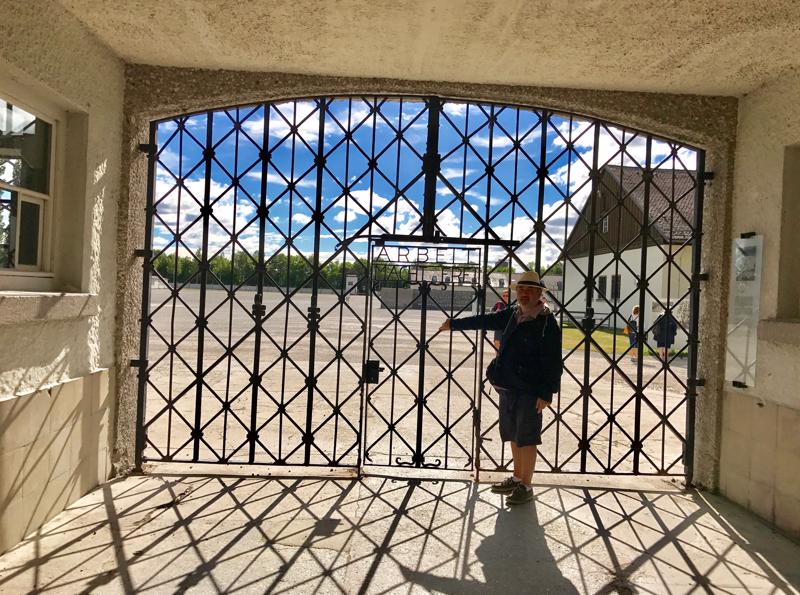
Dachau was only about a 20 minutes drive from the hotel. We arrived at 8:30am, before it opened. The traffic was favourable, it being Saturday. On arrival, we found it extraordinary that people were living their lives in houses right on the boundary of the Concentration Camp. We found it even more extraordinary that there were people living close even while it was operating as such during the war. After it was liberated the US commanders forced many of the local residents to tour the facility while there were still dead bodies lying around and the crematoriums filled with bodies and clothing and belongings. The locals were weeping as they were being shown through the shocking scene.
I was not sure what to expect of Dachau. I was surprised to see so much of it intact. The front gate building was intact. The sign “Work Makes Free” was still on the gate (Although it was a reconstruction
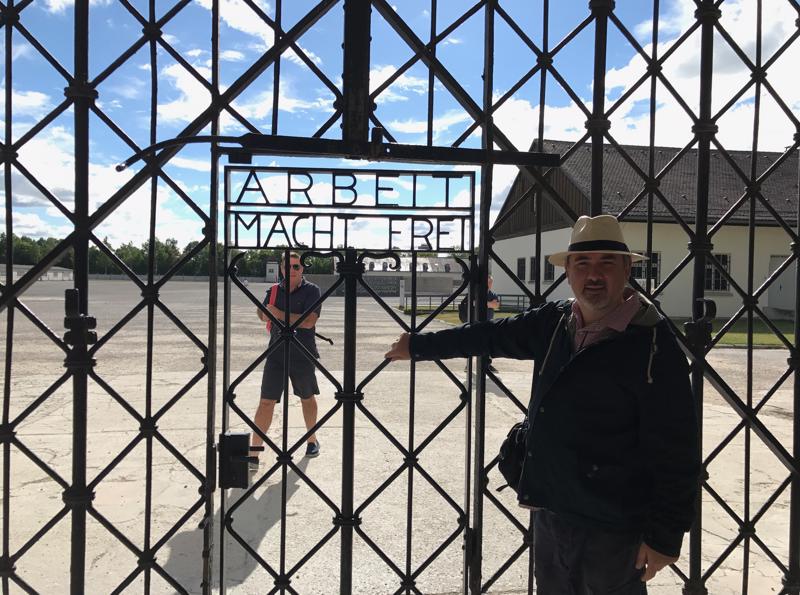
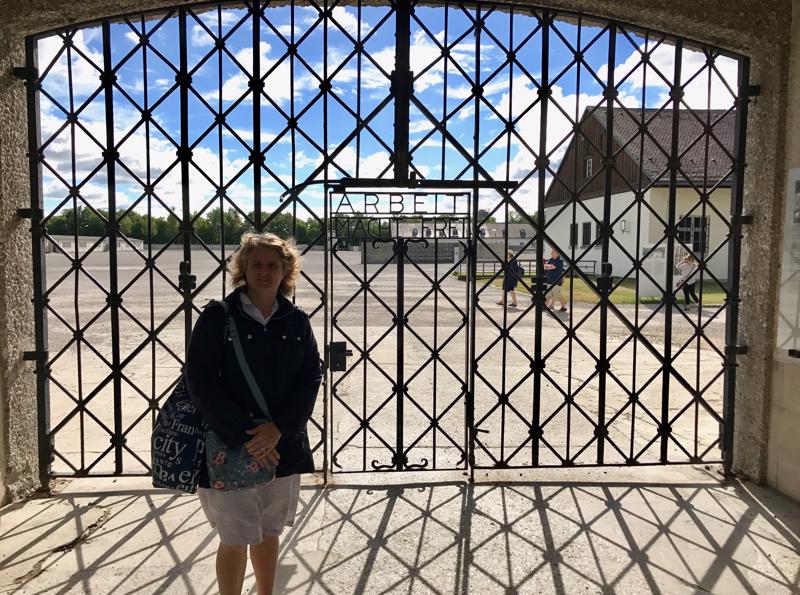
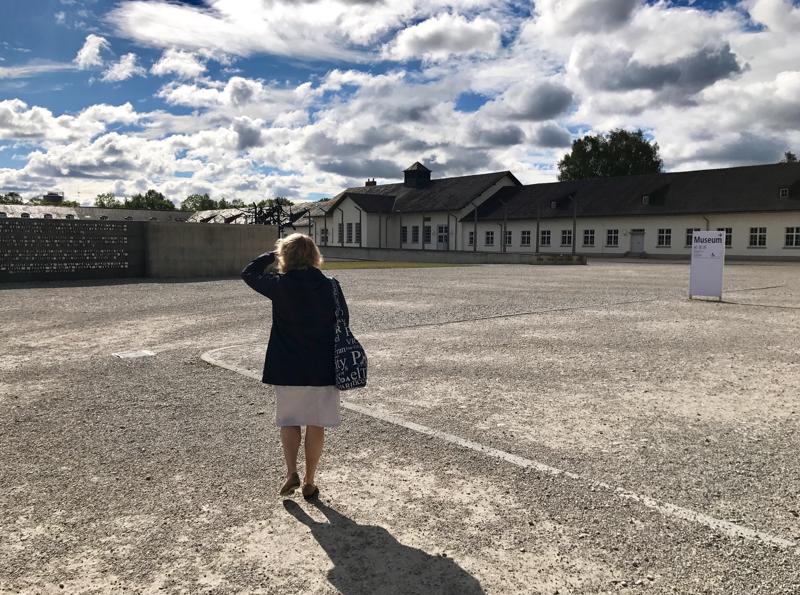
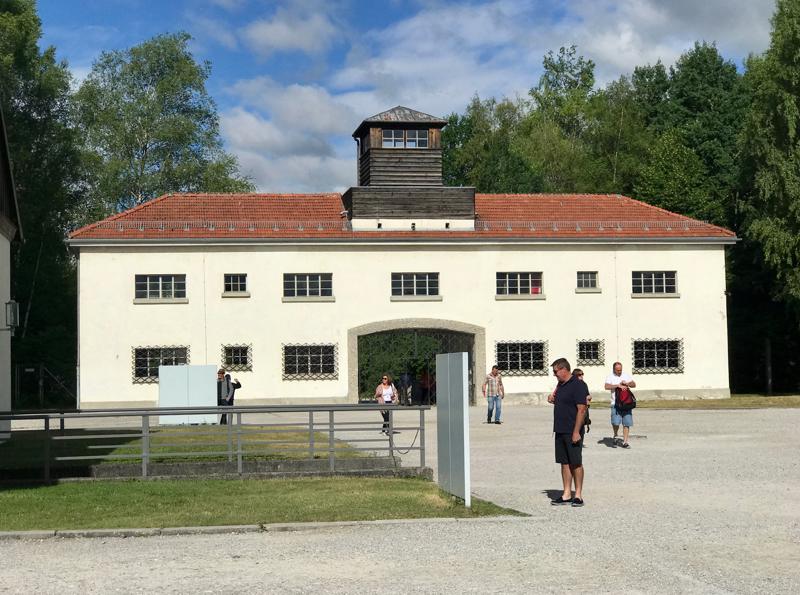
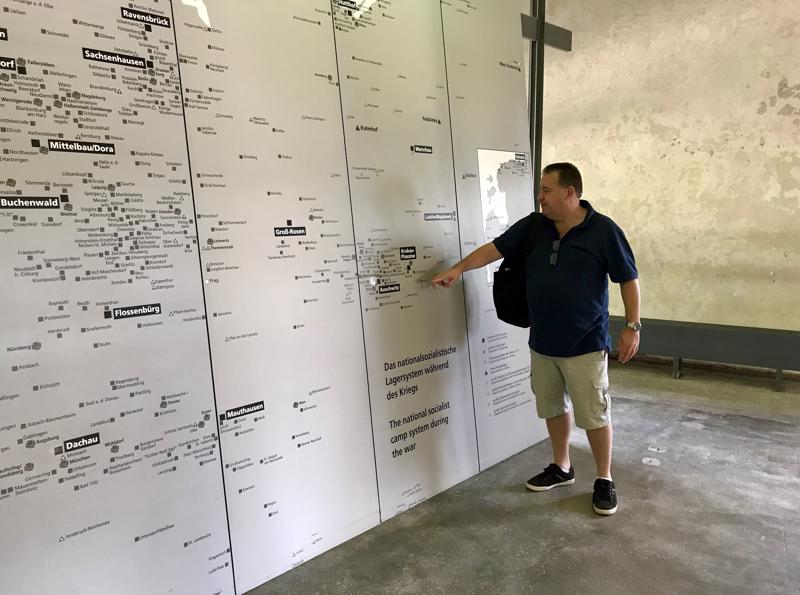
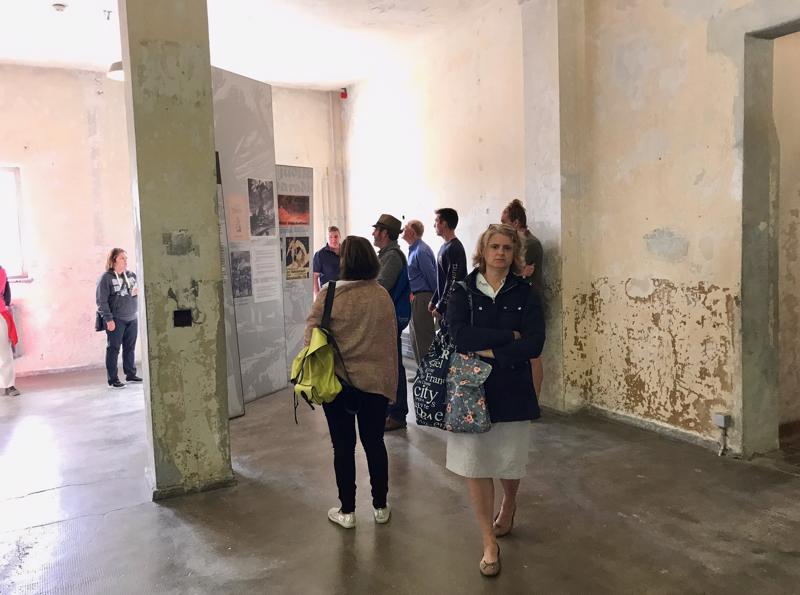
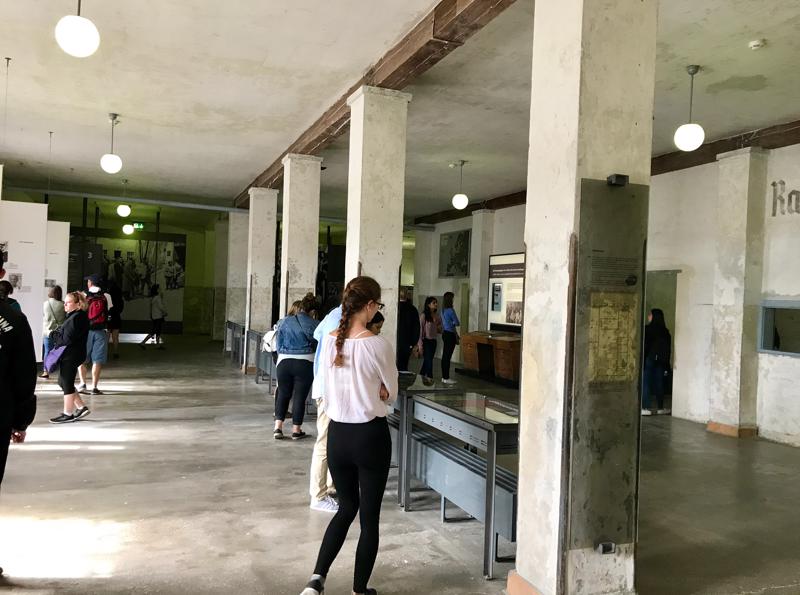
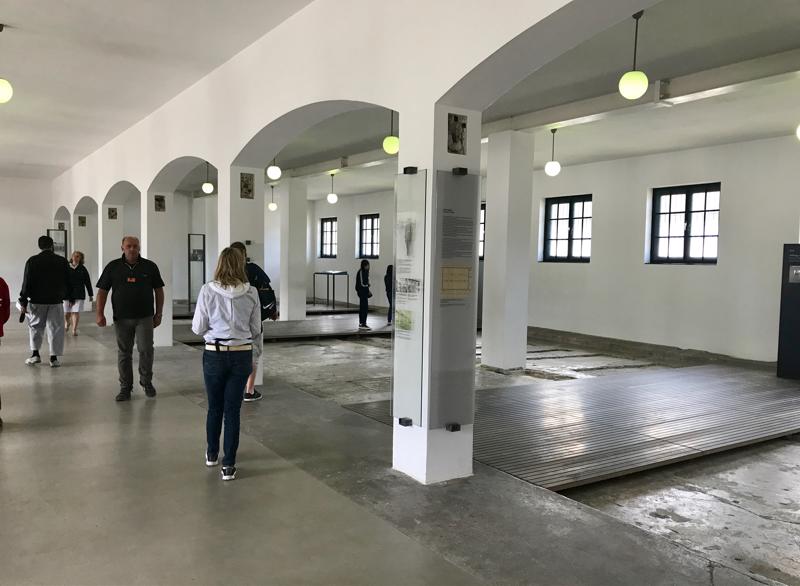
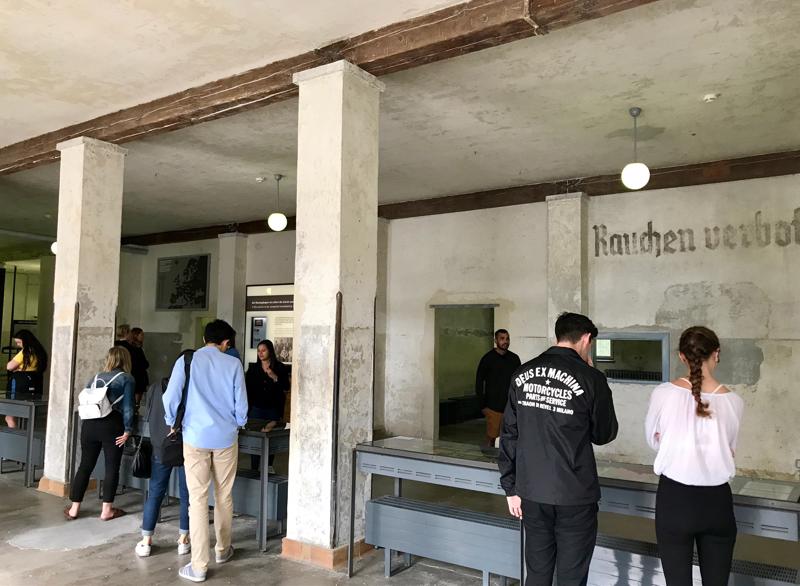
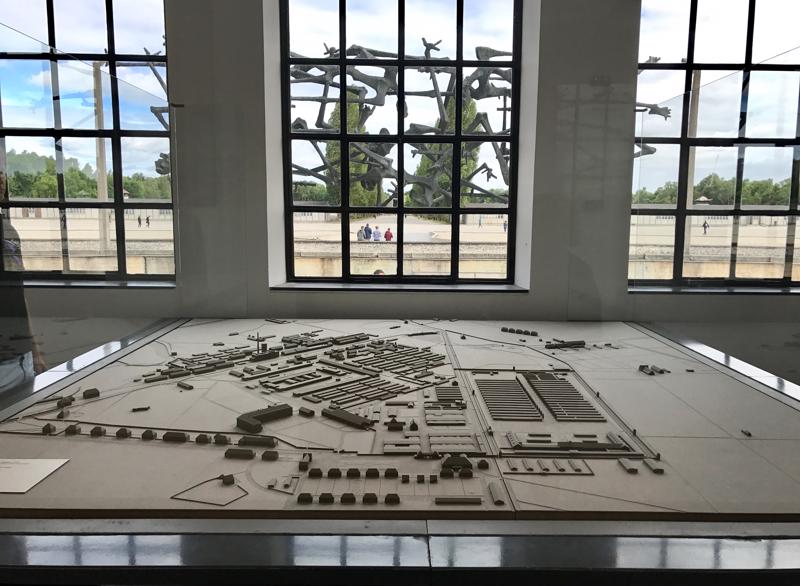
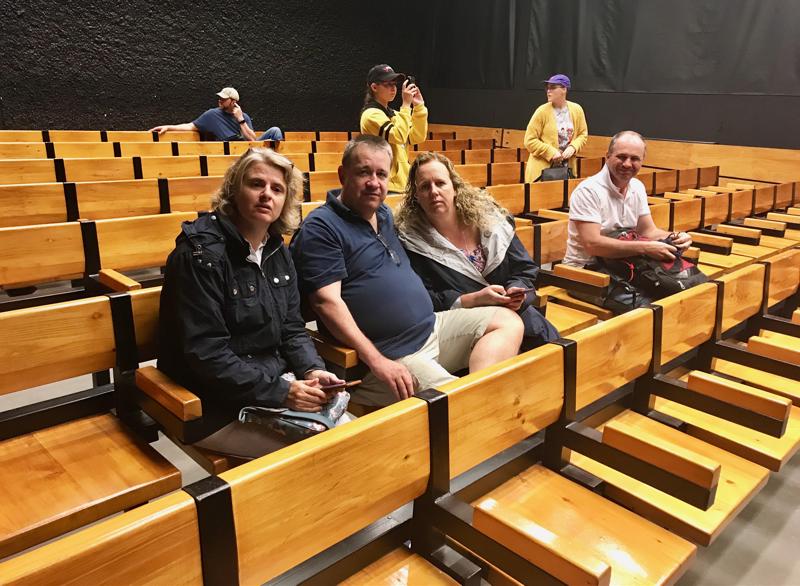
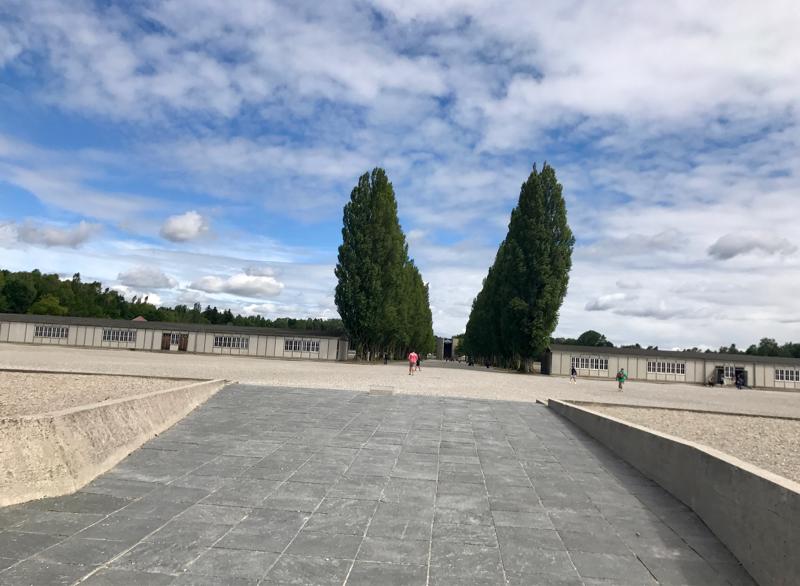
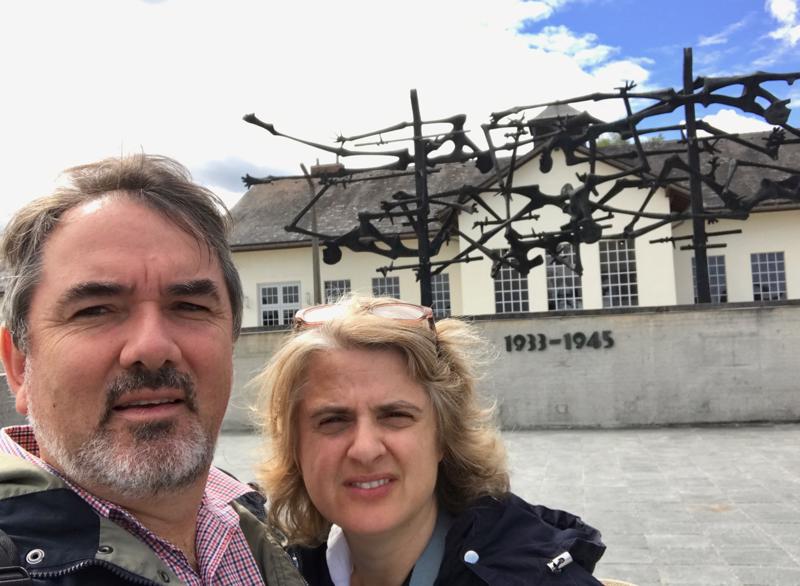
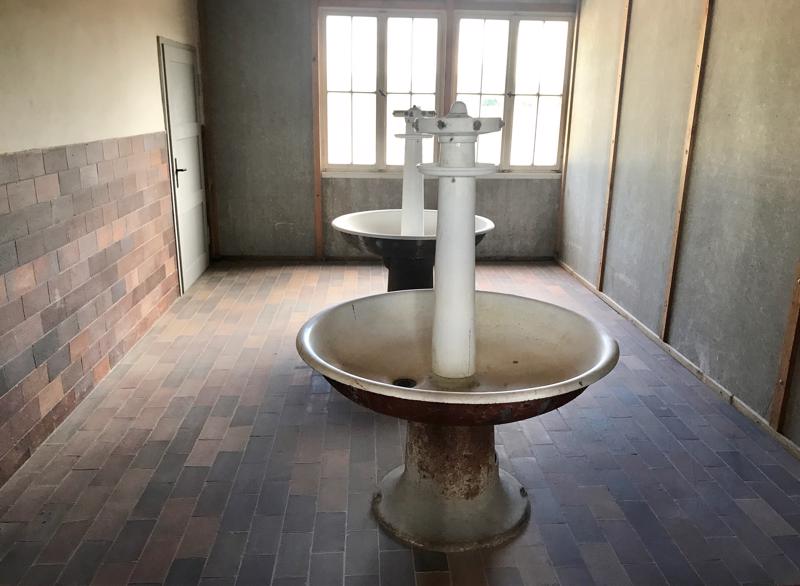
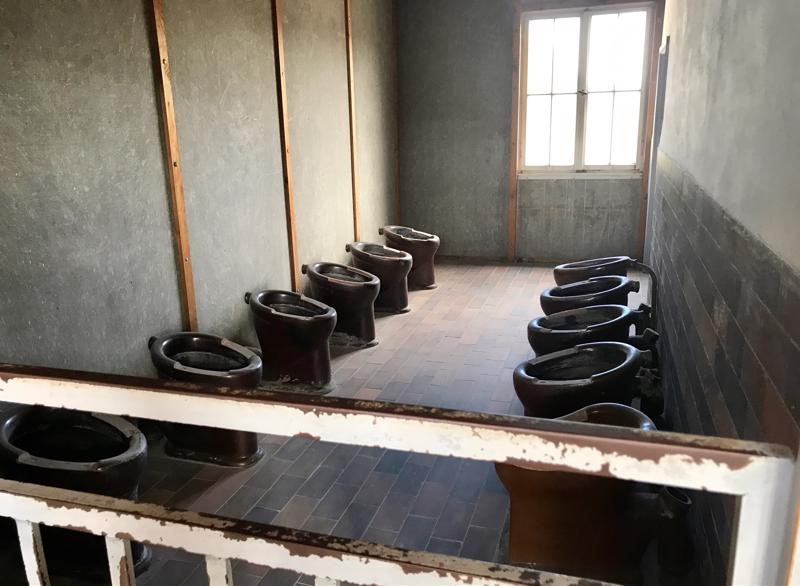


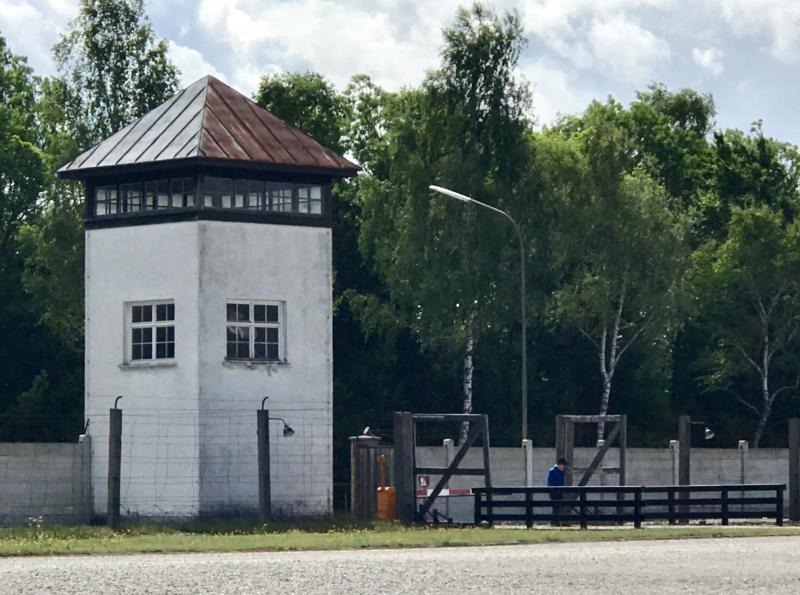
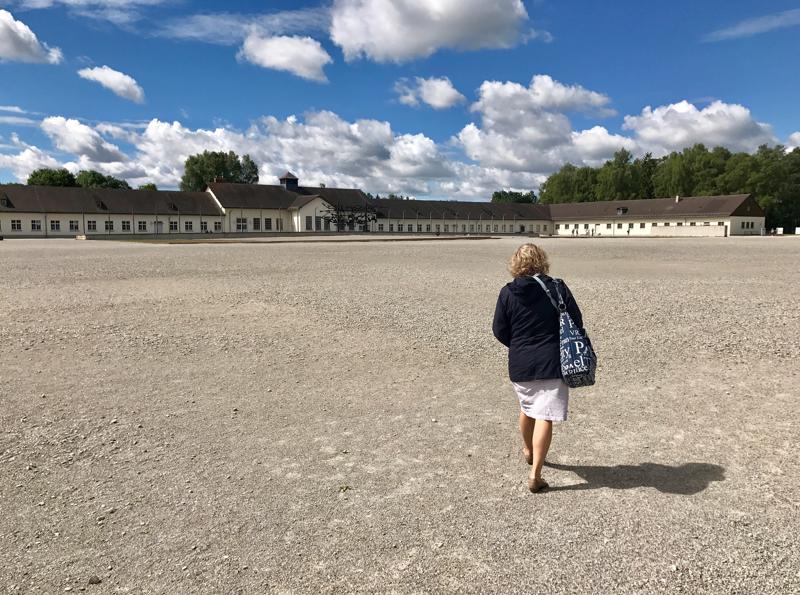


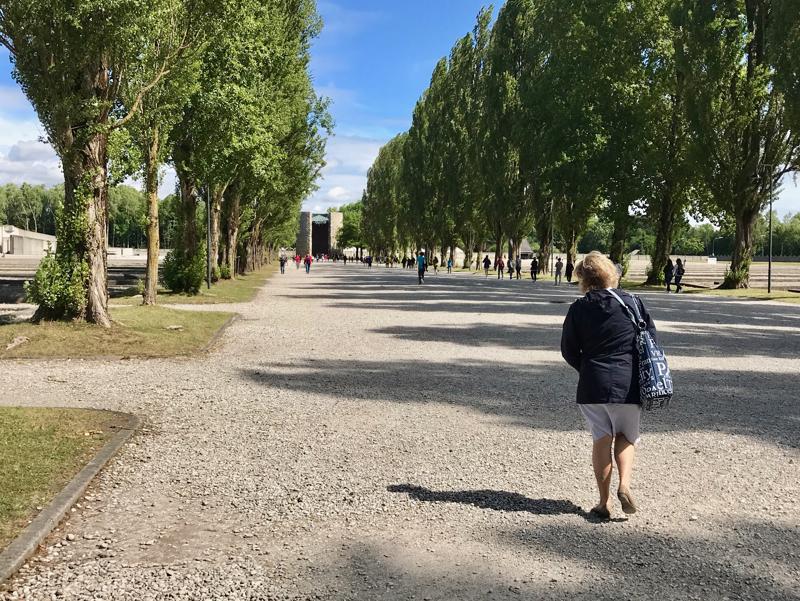

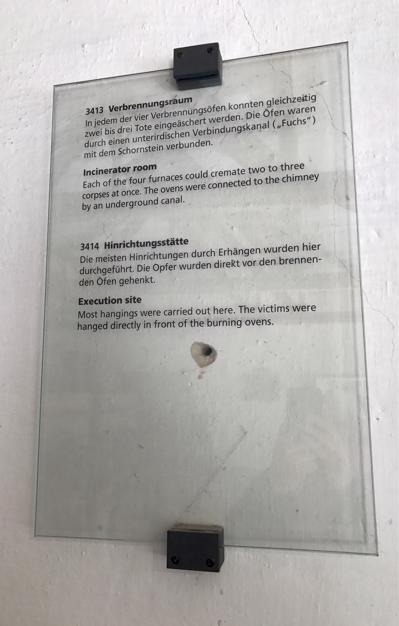
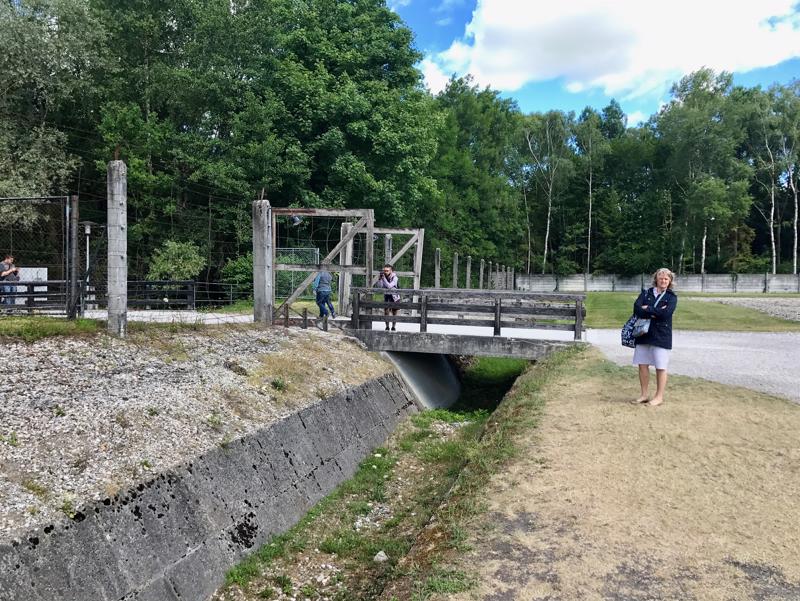
as the original gate was stolen and now resides in some private collection of Nazi memorabilia no doubt).
We toured the building that was used to process arriving inmates. They were unloaded from the trains, marched through the front gate, often beaten so they got accustomed to the new hierarchy, they were ushered into the processing room, told to completely undress and hand in all their belongings, then they were showered and scrubbed with rough brushes, given striped pyjamas that were often deliberately the wrong size, and they were sent to a room in the appropriate hut. They were given a colour to sew onto their clothing that identified the category of prisoner.
We walked through the two remaining barracks in which there are reconstructions of the bunks, toilets, washrooms and other facilities that were seen during the war. The rest of the barracks are not
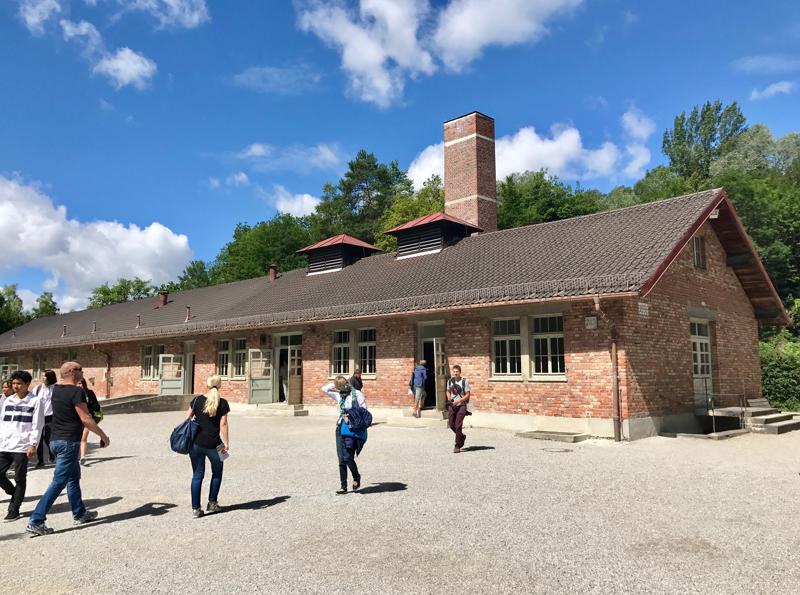

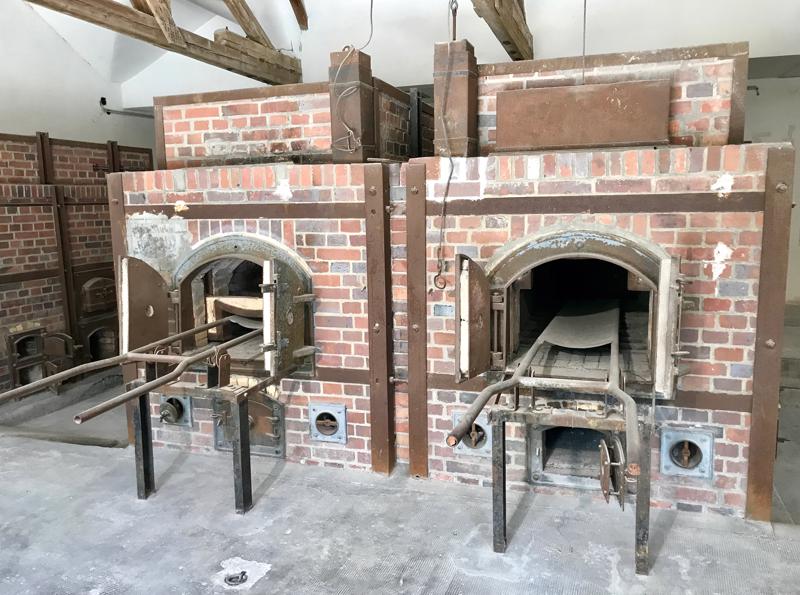
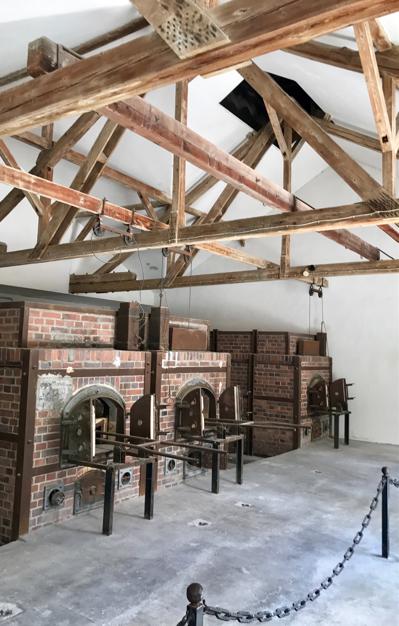
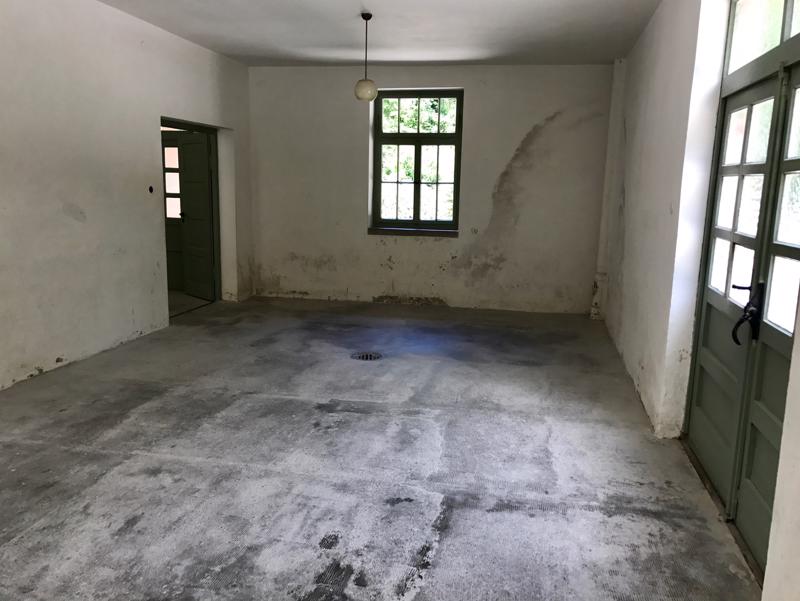
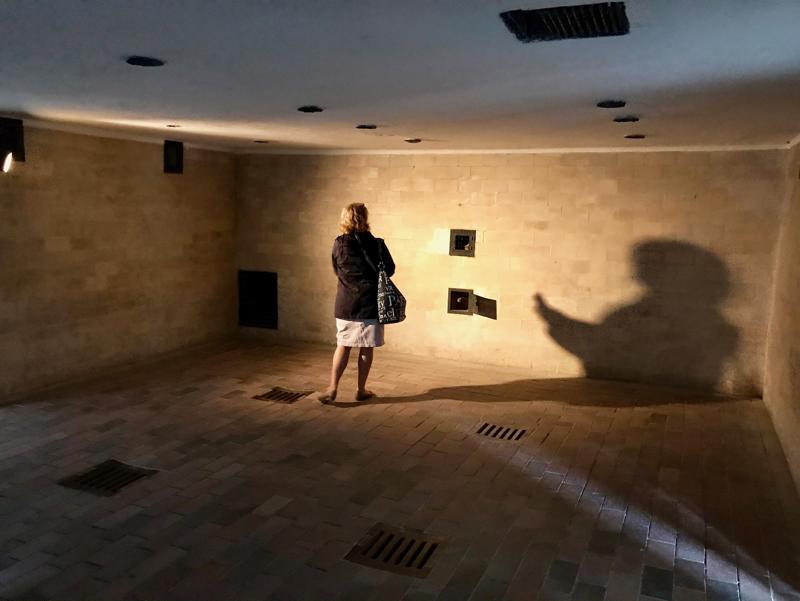
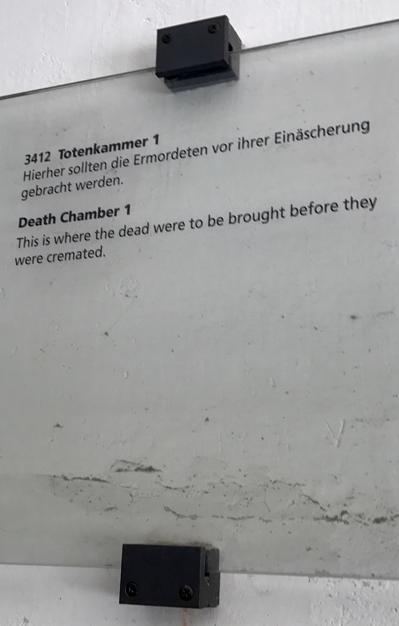
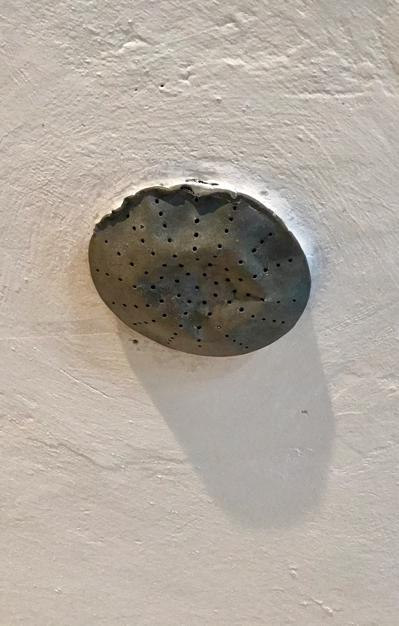



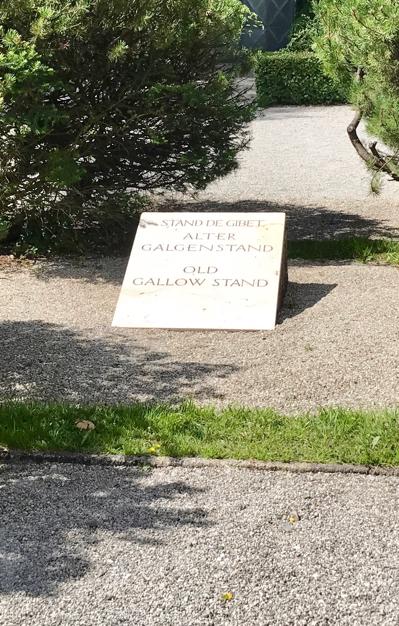
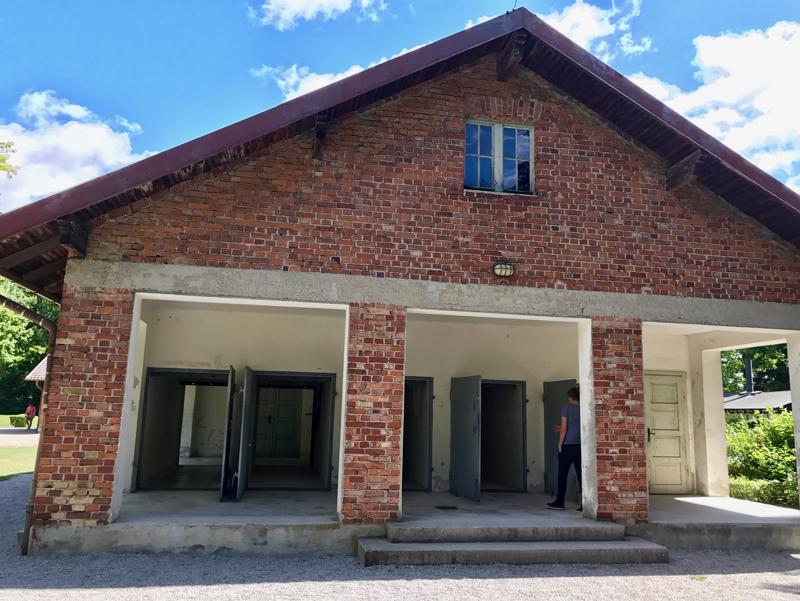
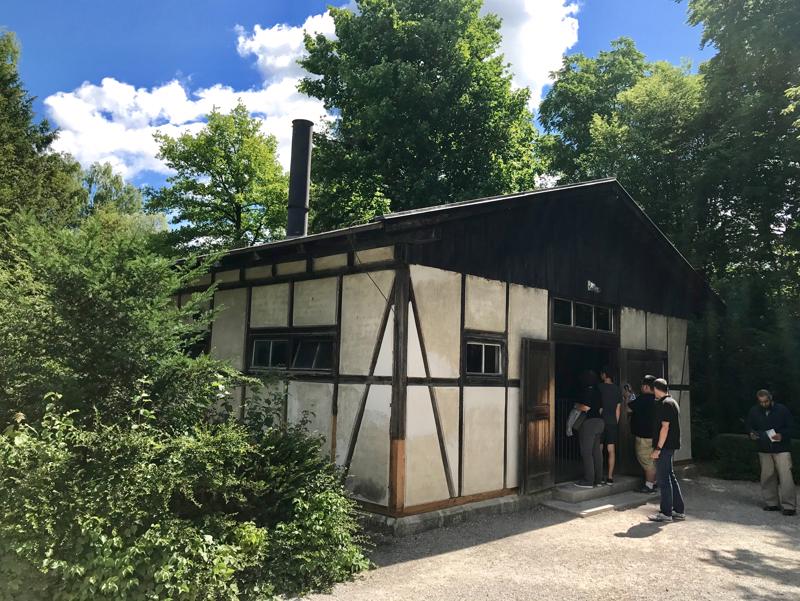
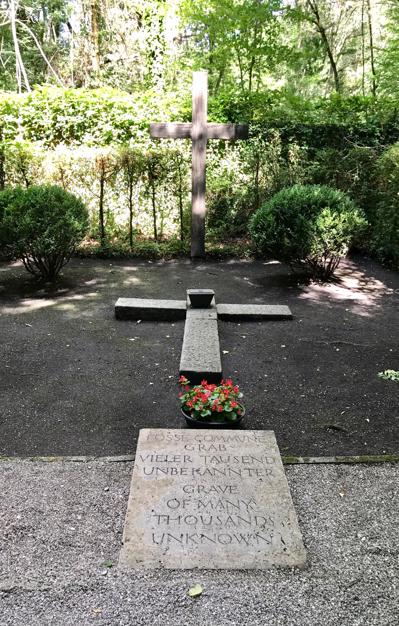

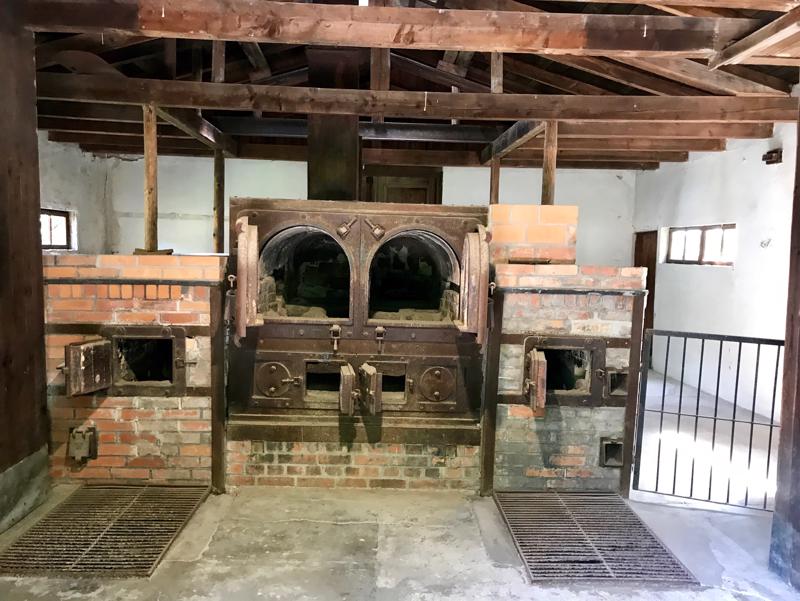
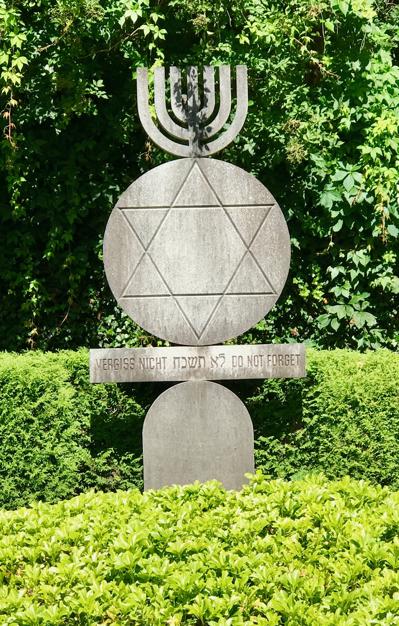
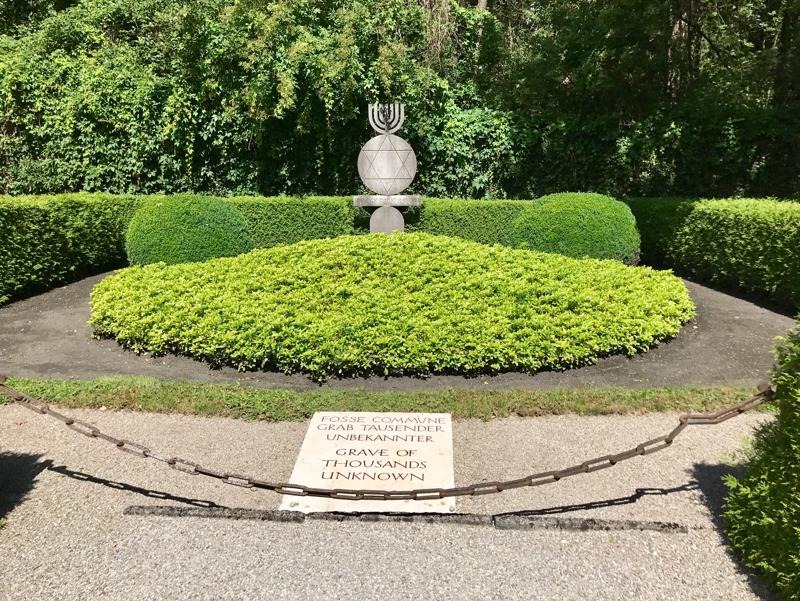
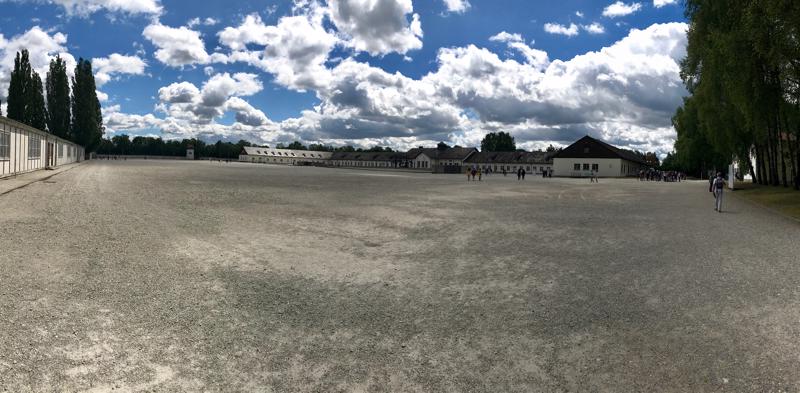
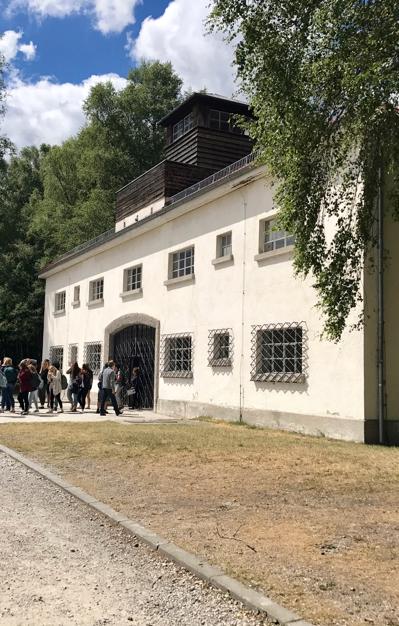
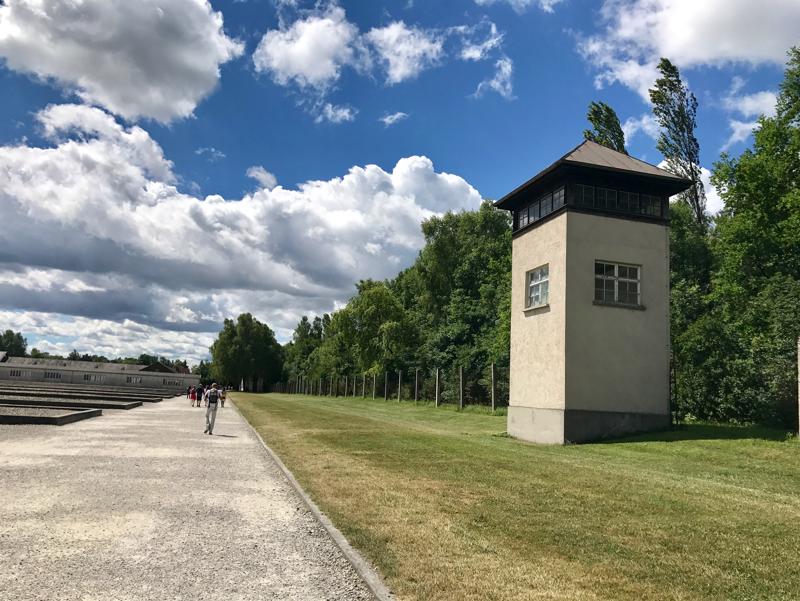
standing, only the foundations indicate where the barracks stood. The rows of huts go on and on. It was a huge complex.
We walked through the Old and Newer Crematoriums, built to deal with the huge number of dead bodies in the camp. There was also a functioning gas chamber built which was not used much in Dachau for some unknown reason. It wasn’t for pity’s sake, because they sent inmates to other camps to be gassed without compunction.
We watched a very informative video that went for 22 minutes on the origins and expansion of the camp and its evolving purpose. It began as a prison for political prisoners and developed into a full-blown concentration camp. It became the model of all other camps built later.
Dachau was the first concentration camp built in Germany. Heinrich
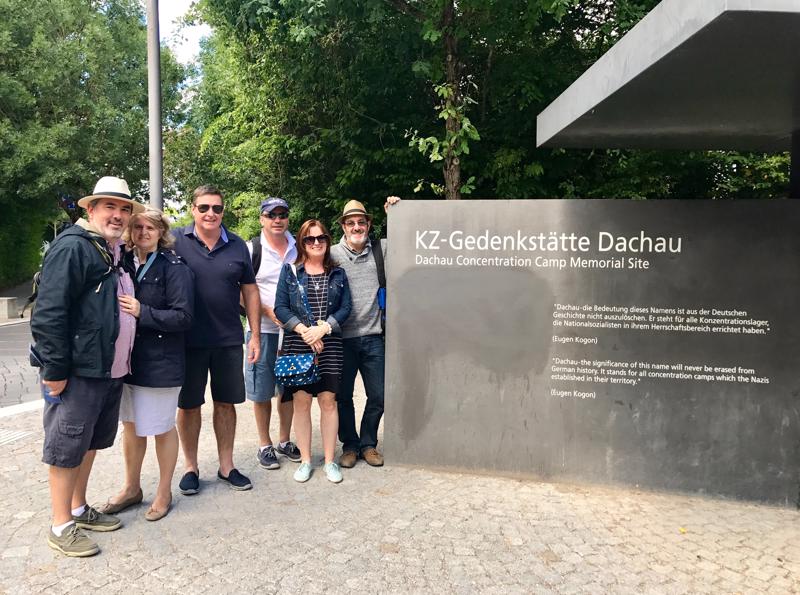
Himmler oversaw its establishment in 1933, six years prior to the war. Himmler was chief of police in Munich at the time.
We travelled by train into Munich and had lunch neat the town centre at Marienplatz. We rejoined the tour at 2pm in the Opera House Square to board the bus and begin the drive to Lucerne in Switzerland. The bus drove through Germany and then crossed the border into Austria again. We stopped at 4:30pm for a break at Bregens on the beautiful Lake Constance. This is the third biggest river in Europe, behind Lake Geneva which is number two and another lake which is the biggest.
Lake Constance is a very popular tourist destination with about 70 million tourists visiting each year. The lake derives its name from Emperor Constantine. The Rhine runs into Lake Constance. The Swiss and Austrian Alps surround the towns which are on the Lake,
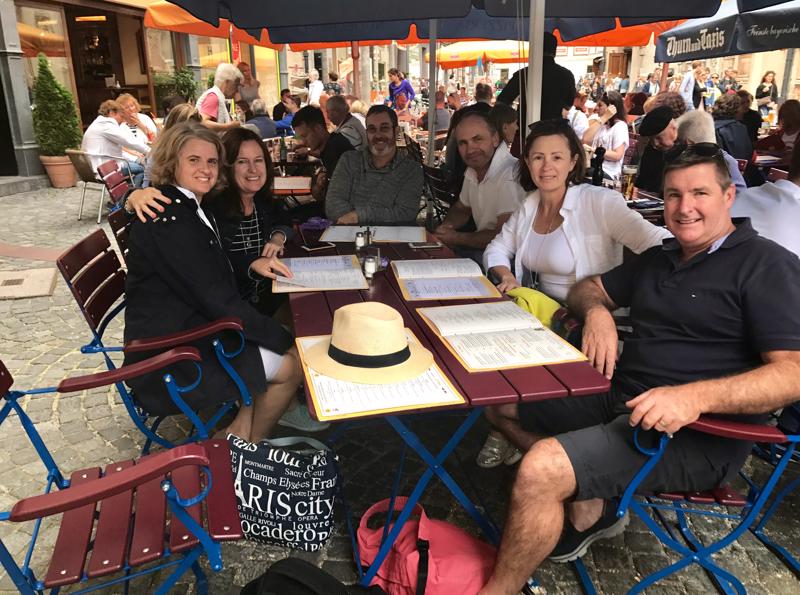
making the scenery very spectacular.
We crossed the Rhine River into Switzerland at about 5:15pm and drove for a while alongside the Rhine River, able to look across the river back into Austria. The steep alps leapt out of the plain nearby and soared upwards to snow-covered peaks even in the middle of summertime. The clouds were covering the peaks even while it was blue sky in the valley below. It is easy to see why the armies of ancient and even modern empires found it difficult to traverse this mountain range in their conquests.
We passed very close to the border with Lichtenstein just off to our right. This is a small country.
Bern is the capital of Switzerland, not Lucerne where we are going, nor Zurich or Geneva. Switzerland is land-locked, like every other country we have visited on this trip so far. The first coastline we will see is in Italy.
The greater part of Switzerland is occupied by the Alps. There are about 8 million people living mostly on the Swiss Plateau, not in the Alps.
1648 Peace of Westphalia led to the tradition of armed neutrality. They stood outside the Holy Roman Empire. The battle of the giants in Italy in the 16th century with the French and Italians. From that point onwards the Swiss decided to be neutral and they are still neutral since that time. Since 1815 they have not been at war at all. They are involved in the EU but not full members because of their intention to maintain neutrality. Therefore we are not in Europe.
Switzerland is the home of the Red Cross. The flag of the red cross is the reverse of the flag of Switzerland.
The second largest UN office is in Switzerland, in Geneva. The Swiss do not have a national language. The most spoken language is German, then French (around Geneva), then Italian. The country borders each of these countries.
The currency is the Swiss franc. One Swiss franc is worth 1.35 Au dollars. It is a stronger currency then AU but slightly weaker than the euro.
In Switzerland, there are some very high mountains. These include Monte Rosa (Pink Mountain) at 4636m and the famous Matterhorn at 4478m. These two peaks are situated in the Pennine Alps near Italy.
We arrived at the Eckstein Hotel in Baar at 7:00pm. The room is small be clean, with single beds. We plan on a trip to Mt Titlis tomorrow if all goes to plan. We hope for a fine day so the views are clear. The vistas are supposed to be spectacular from Mt Titlis.
1.
The Big Day Arrives
2.
Prague - the Tour Begins
3.
Bratislava and Budapest
4.
Budapest to Vienna
5.
Vienna Day Tour
6.
Vienna to Munich
7.
Munich to Lucerne
8.
Lucerne
9.
To Milan and Venice
10.
Venice
11.
From Venice to Rome
12.
Rome
13.
To Florence and Pisa
14.
Genoa and the French Riviera
15.
Cannes to Paris
16.
Paris
17.
Paris - the Tour Ends
Share your travel adventures like this!
Create your own travel blog in one step
Share with friends and family to follow your journey
Easy set up, no technical knowledge needed and unlimited storage!